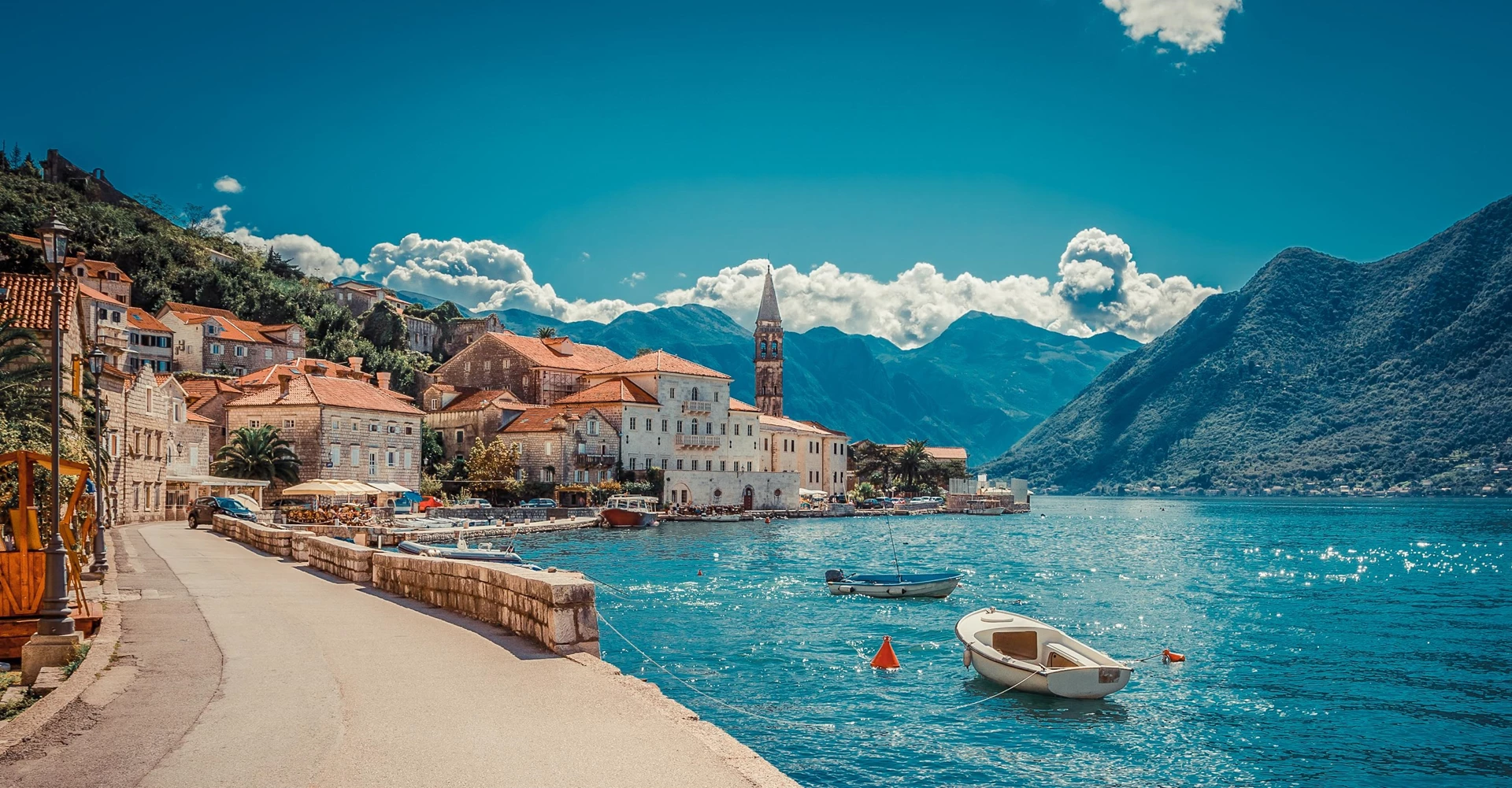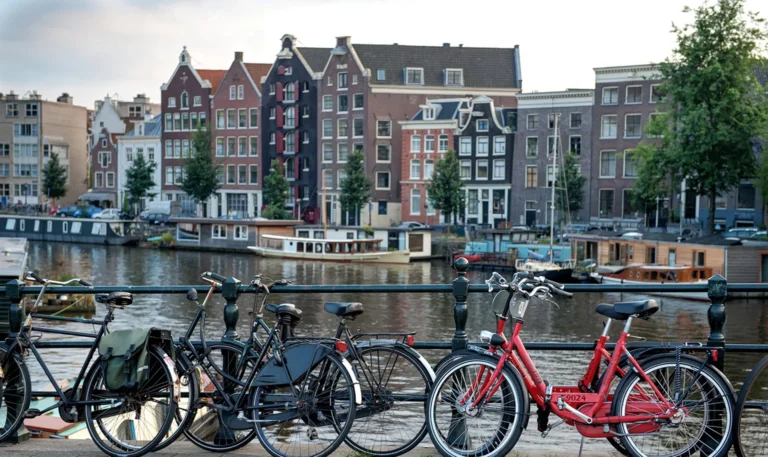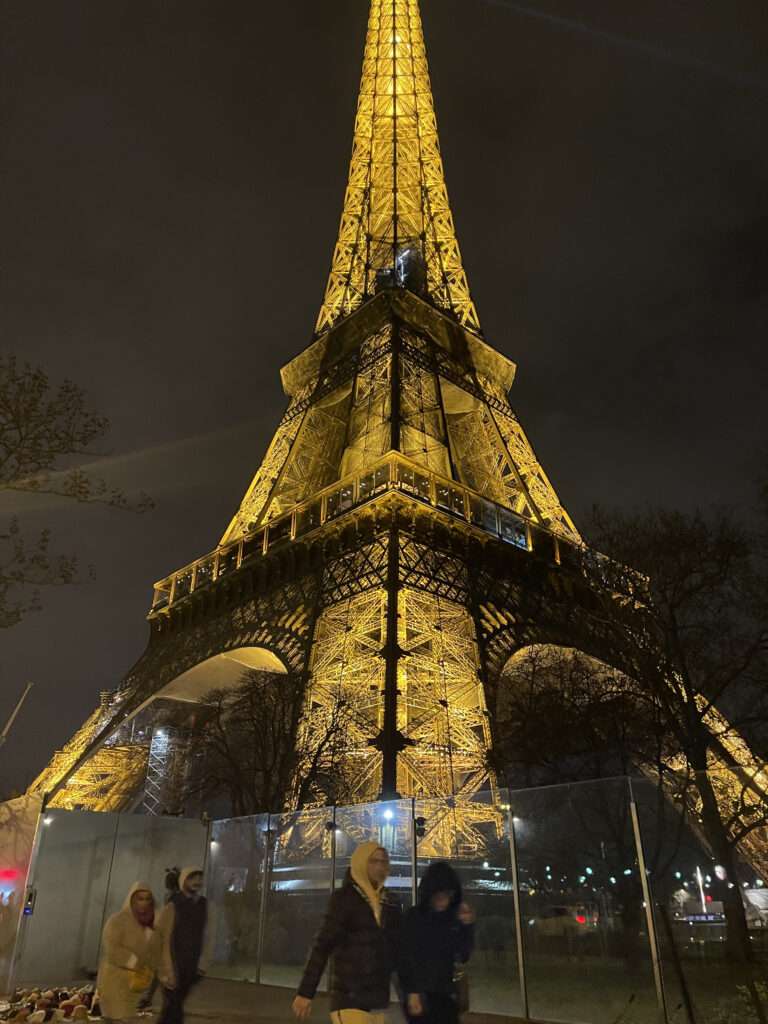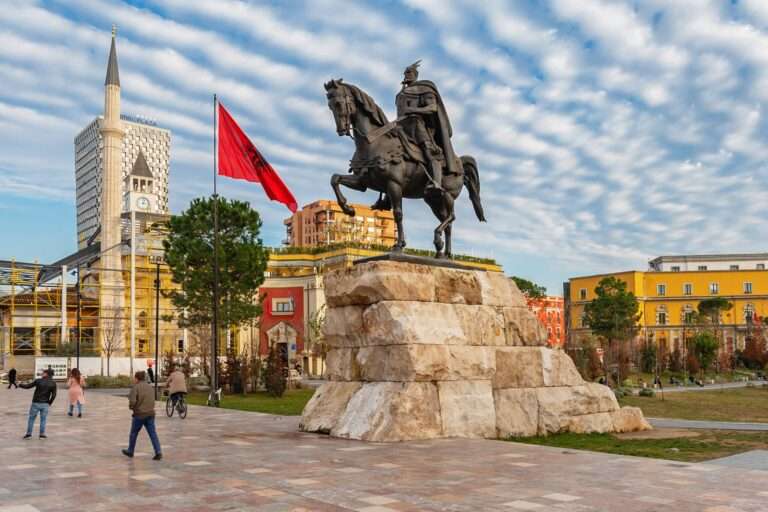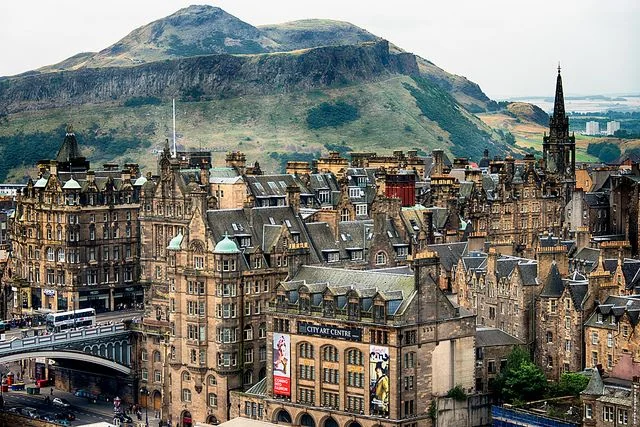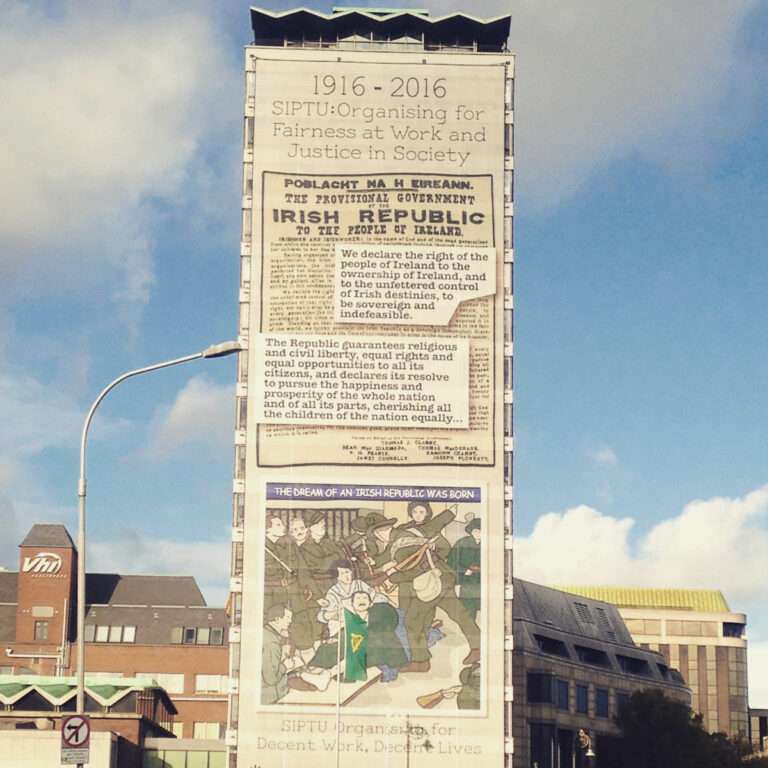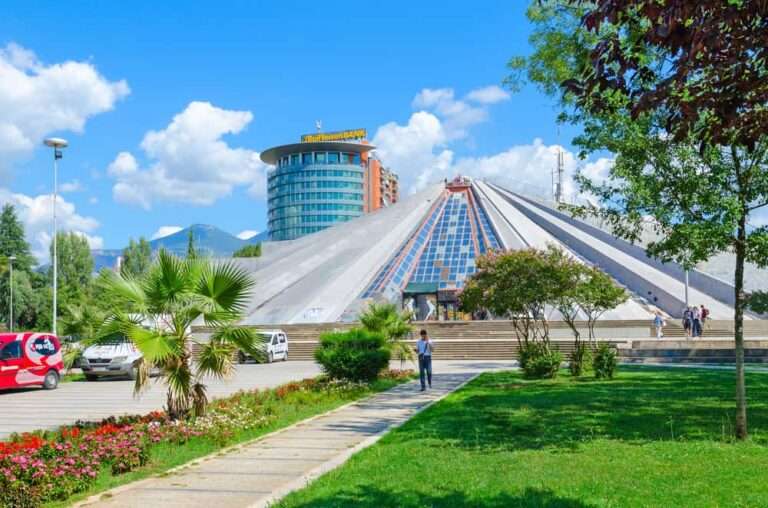If you’ve ever wondered what it’s like to be a digital nomad in Montenegro, keep reading. This Balkan gem has an Adriatic coastline, medieval towns, and a rapidly growing digital nomad community. Montenegro offers an variety of landscapes and a cost of living that is super affordable. In this guide, we’ll cover everything you need to know about working remotely in Montenegro, from the best times to visit to accommodation options and local dining spots.
Can I be a digital nomad in Montenegro?
Montenegro is fast becoming a hotspot for digital nomads and for good reasons. With its stunning Adriatic coastline, charming medieval towns, and a growing community of remote workers, it’s an ideal place to set up shop. The country is small but mighty, offering a variety of landscapes from beaches to mountains, and a relatively low cost of living compared to Western Europe. Plus, Montenegro has been working on making it easier for digital nomads to stay longer with initiatives like the Digital Nomad Visa.
What is the best month to visit Montenegro?
Montenegro is a year-round destination, but the best months to visit are May, June, and September. During these months, you get the perfect blend of warm weather, fewer tourists, and more affordable accommodation. July and August can be hot and crowded, especially along the coast, while the winter months are quieter and perfect if you enjoy skiing in places like Kolašin and Žabljak.
What language is spoken in Montenegro?
The official language is Montenegrin, but you’ll find that many people also speak Serbian, Croatian, and Bosnian. I found English ito be widely understood, especially among the younger population and in tourist areas, so you shouldn’t have too much trouble getting by with just English.
What currency is used in Montenegro?
Montenegro uses the Euro (€) even though it is not a member of the European Union. This makes transactions straightforward for most European and international travelers. ATMs are widely available, and credit cards are accepted in most hotels, restaurants, and shops.
Intercity Travel: Getting around Montenegro
Getting around Montenegro is relatively easy, thanks to its small size and decent infrastructure.
- Buses: The most common way to travel between cities. The bus network is extensive, and the prices are affordable. Major routes like Kotor to Budva or Podgorica to Herceg Novi are frequent and reliable.
- Trains: There’s a scenic railway line between Bar on the coast and the capital, Podgorica, continuing to Serbia. It’s a beautiful journey but not the fastest option.
- Cars: Renting a car is an excellent way to explore Montenegro at your own pace. Roads are generally in good condition but be prepared for narrow, winding roads in mountainous areas.
- Taxis: Available in cities and towns. It’s best to use reputable companies or apps like Bolt to avoid overcharging.
- Bikes and Scooters: Great for short distances and exploring coastal towns. Rentals are widely available.
Accommodation in Montenegro
Montenegro offers a range of accommodation options to suit every budget.
- Hostels: Budget-friendly and a great way to meet other travelers. Popular options include Old Town Hostel in Kotor and Montenegro Hostel in Budva.
- Hotels: From budget to luxury, there’s plenty to choose from. Mid-range options like Hotel Marienplatz in Kotor and Astoria Hotel in Budva offer comfort without breaking the bank.
- Serviced Apartments: Ideal for longer stays with the convenience of home. Options like Dukley Hotel & Resort in Budva or the Old Town Terrace Apartments in Kotor are popular.
- Coliving Spaces: Emerging in the digital nomad scene. Check out Outpost Montenegro in Tivat, which offers a community vibe and coworking spaces.
- Airbnb: Abundant and varied. You can find anything from a cozy studio to a luxurious villa with sea views.
Coworking in Montenegro
Finding a good place to work is crucial for digital nomads, and Montenegro is catching up in this department.
- Kolektiv Hub in Podgorica: A modern coworking space with all the amenities you need, from fast Wi-Fi to meeting rooms.
- NEST Coworking in Tivat: Offers a vibrant community and beautiful views of the marina.
- HubHub in Kotor: Perfectly located in the old town with a great atmosphere.
- Work Hub in Budva: A new spot with a friendly environment and all necessary facilities.
- Coffice Montenegro in Podgorica: A mix of a café and coworking space, ideal for casual work sessions.
Dining in Montenegro
Montenegrin cuisine is a delightful mix of Mediterranean and Balkan influences.
- Seafood: Being a coastal country, Montenegro has fantastic seafood. Try Konoba Scala Santa in Kotor for fresh fish and seafood platters.
- Traditional Dishes: Don’t miss Njeguški pršut (smoked ham), kačamak (cornmeal dish), and black risotto. Check out Konoba Stari Grad in Budva for authentic local flavors.
- International Cuisine: You’ll find everything from Italian to Asian cuisine. Pizzeria Pronto in Kotor and Buddha-Bar Beach in Sveti Stefan are popular choices.
- Cafés: Perfect for working or relaxing. Hard Rock Cafe in Podgorica and Kafana Marenda in Herceg Novi are great spots.
- Vegetarian/Vegan: While not traditionally vegetarian, there are options. Visit Juice & Salad Bar in Tivat and Vegan House in Podgorica.

Pros and Cons of Being a Digital Nomad in Montenegro
Pros
- Stunning Scenery: From the Adriatic coast to the mountains, Montenegro is incredibly picturesque.
- Low Cost of Living: Affordable accommodation, food, and transportation.
- Growing Community: Increasing number of digital nomads and coworking spaces.
- Great Weather: Mild winters and warm summers.
- English-Friendly: Many locals speak English, especially in tourist areas.
Cons
- Infrastructure: While improving, some areas still lack high-speed internet and modern amenities.
- Seasonal Crowds: Coastal towns can get very busy during the summer months.
- Limited Coworking Spaces: Although growing, options are still fewer compared to bigger digital nomad hubs.
- Bureaucracy: Navigating visa and residency permits can be tricky.

FAQs about Being a Digital Nomad in Montenegro
Q: Do I need a visa to stay in Montenegro?
A: Many nationalities can stay visa-free for up to 90 days. For longer stays, consider applying for the Digital Nomad Visa.
Q: Is Montenegro safe for digital nomads?
A: Yes, Montenegro is generally very safe. Petty crime can happen, so usual travel precautions apply.
Q: How reliable is the internet in Montenegro?
A: Internet quality varies but is generally good in urban areas and coworking spaces. Coastal and rural areas might have slower connections.
Q: What is the cost of living in Montenegro?
A: It’s lower than in Western Europe. Monthly costs can range from €800 to €1500, depending on your lifestyle.
Q: Can I use my foreign driving license in Montenegro?
A: Yes, you can use your foreign license for up to six months. After that, you may need to obtain a local one.
Montenegro is a grreat destination for digital nomads, offering unique scenery, culture, and a growing remote work community. Whether you’re looking to stay short-term or make it a longer adventure, this Balkan country has a lot to offer.
Safe Travels!
